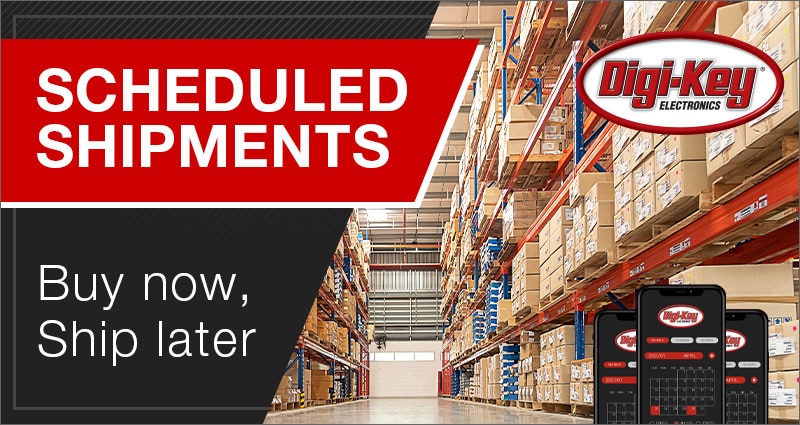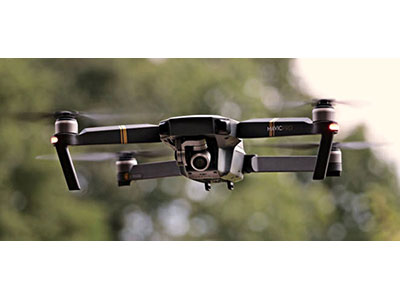Three Things to Know About Next-Generation Tracking: First, Are Your Robots Performing at Peak?
Are your robots working in a harsh environment? Even the slightest vibration can, over time, cause issues.
![]() (Image source: Molex)
(Image source: Molex)
If you track, monitor, and organize inventory in the warehouse utilizing tape, wire, and magnet-based solutions, this technology might hamper robot performance. Older automation technology might have high reliability but poor task flexibility, meaning old automation is great for specific tasks, but multifaceted or repurposing jobs can be complex.
Next-generation tracking systems built for warehouses, manufacturing facilities, and shipping routes require a modern solution to meet new demands, such as vibration protection and high-fidelity sensing.
Artificial intelligence and machine learning software, sensors (IoT), and interconnect capabilities enable robotics to become a mainstream method for meeting new-age business challenges
Sensors Play Critical Roles in Asset Tracking and Monitoring
Robots now have high-fidelity sensing to track and monitor anything in a range of applications, such as production lines and warehouses. As a result, increasingly complex tracking and asset-monitoring capabilities require high-speed, low-profile sensor interconnect solutions. Similarly, withstanding the environmental rigors of plants and warehouses, robust interconnect products with vibration protection, and alignment features will offer better robot performance over time.
Automation, Cobots, and Your Warehouse
Automation is an invaluable partner across all industry verticals, supporting tasks from inspection to goods assembly. In electronics, for example, robots help fabricate electronics by picking and placing components on the product during assembly. In healthcare, robots inspect cleanroom production facilities to ensure the integrity of the high-quality environments required in medical technology manufacturing.
Conventional robots do single physical processes like moving one object from point to point. Now, the same robots can be equipped with vision systems, such as cameras. This resulting machine vision grants the robot the ability to pick and place multiple objects in multiple places, all while tracking product quality.
Below are a couple of robotic trends in industrial tracking:
- Collaborative robots (cobots) are gaining in popularity for pick-and-place operations, especially in warehouse and storage settings. The most significant limiting factors to cobot use are agility and strength, but many new cobots have improved agility and stability, making them capable of lifting heavier and oddly shaped items while being safe to do collaborative work alongside humans.
- Automated guided vehicles (AGVs) are another popular inventory tracking and management solution. AGVs with machine vision effectively move goods around the warehouse floor without being constrained by older sensor technology. They have excellent task flexibility and mobility compared to senior solutions.
Choose the Right Hardware
![]() Molex Ground Jumper Solutions (Image source: Molex)
Molex Ground Jumper Solutions (Image source: Molex)
Choosing interconnect solutions for robotics designers and engineers can be complex and cumbersome because of various hardware options. Select trusted components to save design time and guesswork and turn the focus from hardware selection to software development.
A convenient option is a single solution that can support charging applications via laminated custom and standard busbars, grounding jumper solutions, and Coeur High-Current Interconnect System for efficient, fast charging.
![]() Coeur High-Current Interconnect Product Family (Image source: Molex)
Coeur High-Current Interconnect Product Family (Image source: Molex)
The right interconnect:
- Is foundational for robot needs around vibration protection
- Will standardize proprietary interfaces
- Supports sensor connectivity (lidar, radar, and camera) and high-speed, low-profile data transmission
Selection Made Easy
These Molex solutions and more are readily available through DigiKey and are illustrated in this video.

Have questions or comments? Continue the conversation on TechForum, DigiKey's online community and technical resource.
Visit TechForum








